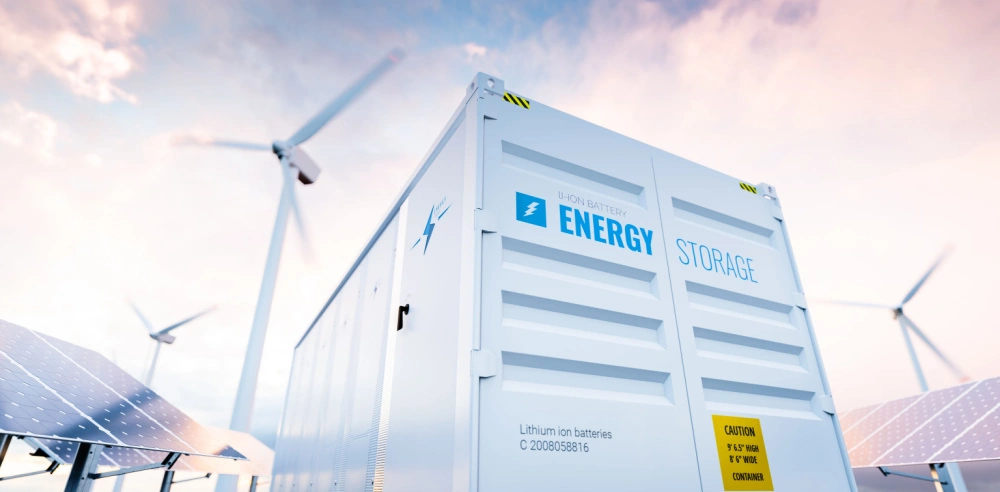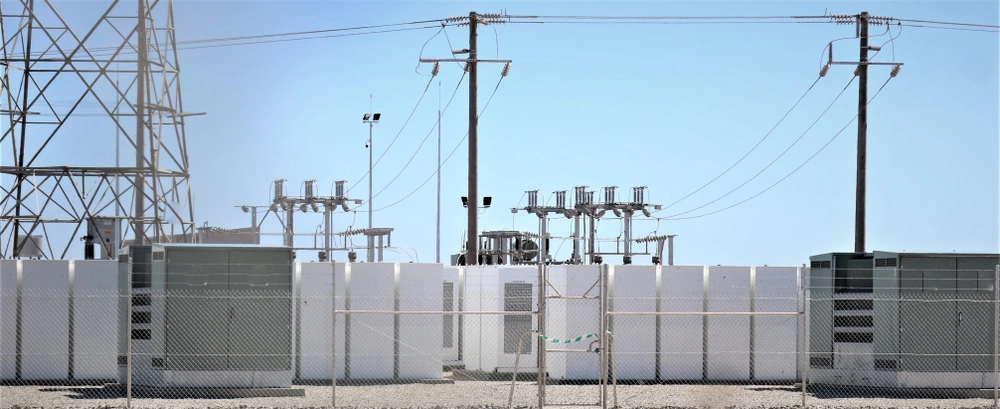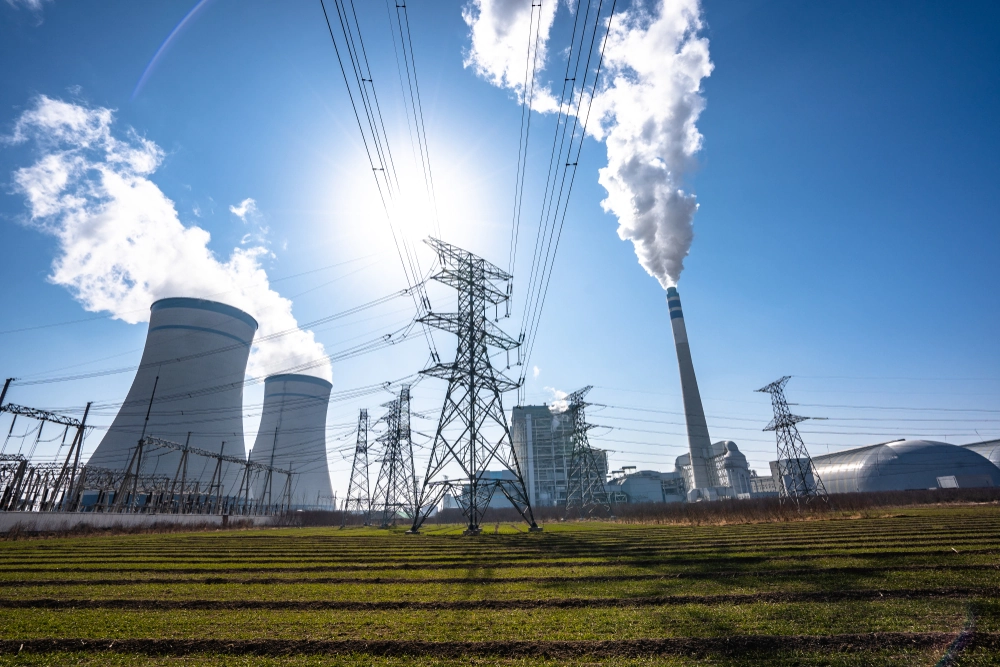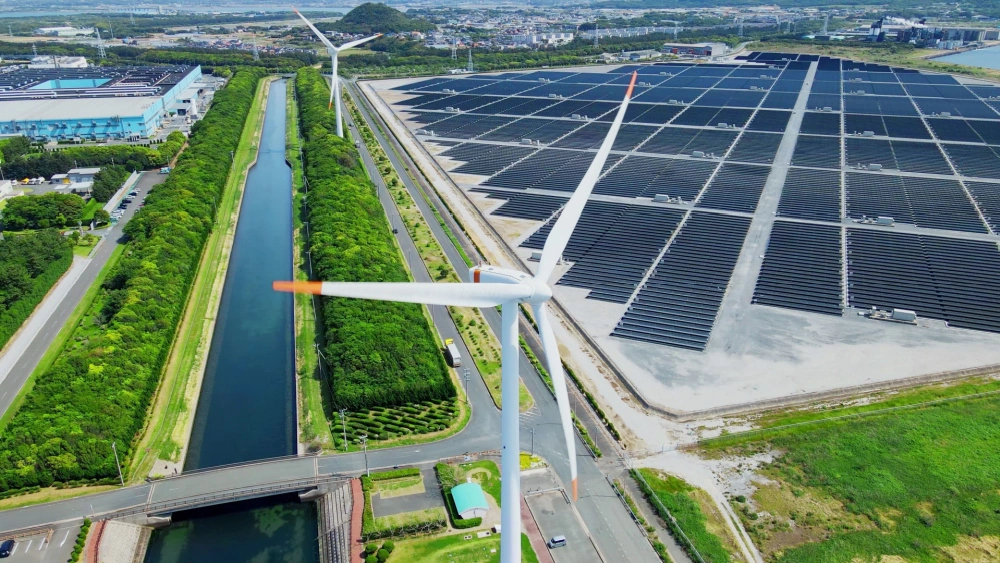
The surge in storage: What’s next for BESS?


Prior to 2024, the Battery Energy Storage System (BESS) landscape was characterised by around 50 completed and operating small projects, all typically capped at 50 MW capacity and offering around four hours of energy storage duration. The limitation on size was largely due to regulatory restrictions and fears around the safety of larger projects. For developers, obtaining insurance was difficult and expensive as providers were understandably nervous about managing the many unknown risks associated with a new technology, creating barriers to securing investment.
On reflection today, the market looks radically different. With over 200 projects now in the pipeline, almost all of which are greater than 50MW. Recent examples of work we've been involved with include:
- Advising on the sale of a 400MW BESS site in Low Harker;
- Providing financing advice on plans for a 609MW portfolio of solar and BESS project by British Solar Renewables.
Storage duration has also doubled within only a couple of years, with long-duration energy storage (LDES) projects now reaching eight hours duration with speculation that it might be possible to push this further. This wave of large-scale development makes this an exciting time to be in the battery storage industry. See here for our other article on this topic.
Drivers of Change
Some of the key factors which have contributed to these significant developments include:
Change in the planning regime
New regulations are now permitting larger scale BESS projects, removing a substantial barrier for developers. In England and Wales, BESS projects of any size can now go through the local planning authority (LPA) instead of via the Nationally Significant Infrastructure Project (NSIP) process as the 50MW threshold was removed in 2020.
Greater system stability
Recent high-profile power outages highlight the urgent need for flexible, reliable and stable storage to meet increasing national demand. Advancements in our understanding of battery technology allows developers to now offer a wider variety of solutions.
The Clean Energy mandate
The ongoing international move towards clean power necessitates robust storage solutions to manage the intermittent nature of renewable energy sources such as wind and solar. During a panel discussion at Solar and Storage Live 2025, a representative from RenewableUK estimated that to meet demand, the UK must produce at least triple the amount of clean energy currently being generated by the end of the decade.
Falling battery costs
The decreasing cost of raw materials, increased competition from new players in the market and advancements in battery technology mean that it is cheaper than ever to produce batteries. Combined with increased freedom as BESS projects do not have the same geographical constraints as other clean energy infrastructure, developers are able to build multiple and bigger projects for the same cost, making BESS projects increasingly commercially viable.
A maturing insurance market
Developments in the insurance industry have been especially important as strong insurance coverage can reassure investors that major project risks are managed, such as operational losses or fire, making them more comfortable to invest the large sums of money required to build out these projects. The increasing number and value of BESS projects have also been contributing to a large premium pool, increasing availability and accessibility of more robust products.
Some key considerations for developers and investors
Investment challenges
Reviewing your investment strategy is an important step when considering your next project. While BESS projects are great for diversifying an investment portfolio, finding investors who are comfortable with making a large investment into a single site can be challenging. Layering different investment agreements and offering an attractive toll price may create a reassuring and attractive investment opportunity. However, for very large projects (potentially exceeding £1bn in capital expenditure), the regulatory regime must evolve further in order to facilitate debt financing.
Battery life
One of the limitations of using lithium-ion batteries is that they degrade over time. Developers must account for the fact that the first container installed will likely have a different level of degradation compared to the last installed. Further, how often a battery is fully charged, depth of discharge levels and temperature will all impact the speed of degradation, meaning having a strategy in place to manage the overall performance of the asset is essential.
Regulatory changes
Ofgem recently published the results of the first application window for the Long Duration Energy Storage (LDES) Cap and Floor Scheme, a government initiative to drive power generation from renewable energy infrastructure. Schemes such as this provide further incentives to participate in this market, and are always worth researching to see if they could apply to your project. See our other article on this subject tagged above.
The renewables sector is a dynamic area of large-scale development and has the potential to make high-value returns. By understanding the drivers of change and carefully managing the key risks and considerations, stakeholders can capitalise on this rapidly evolving industry.
How we can help?
At Foot Anstey, our Energy Projects Infrastructure and Construction (EPIC) team can advise you on all aspects of the process, from setting up an SPV and acquiring land, to obtaining planning, negotiating land and supplier contracts and/or dealing with any disputes that may arise. If you or your company would like to discuss an existing development or a new one, please do get in touch with us.












